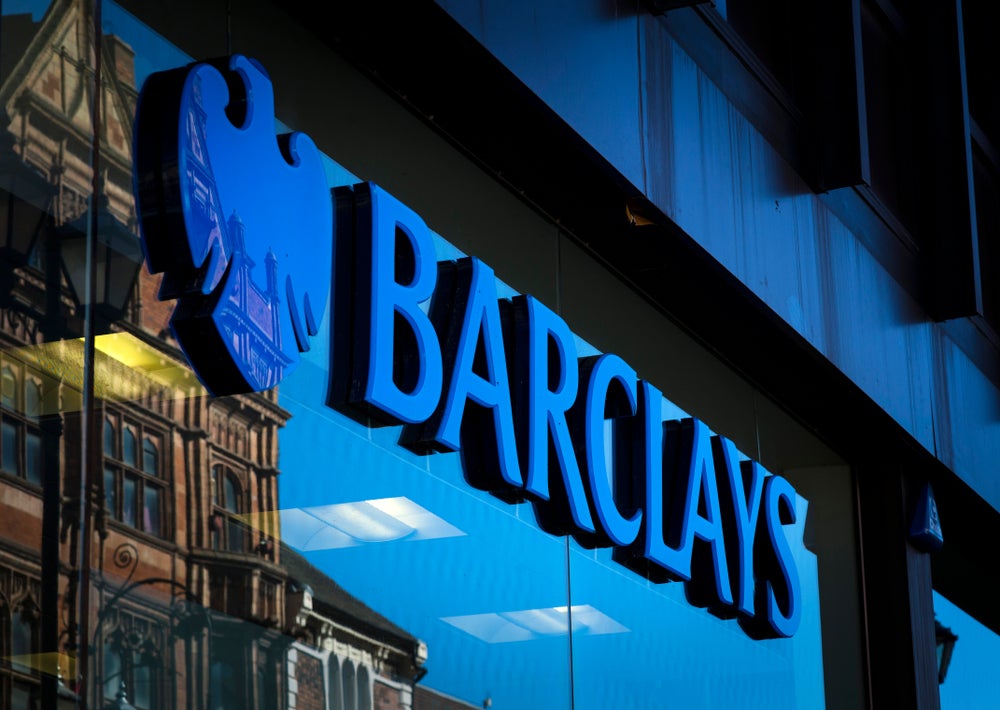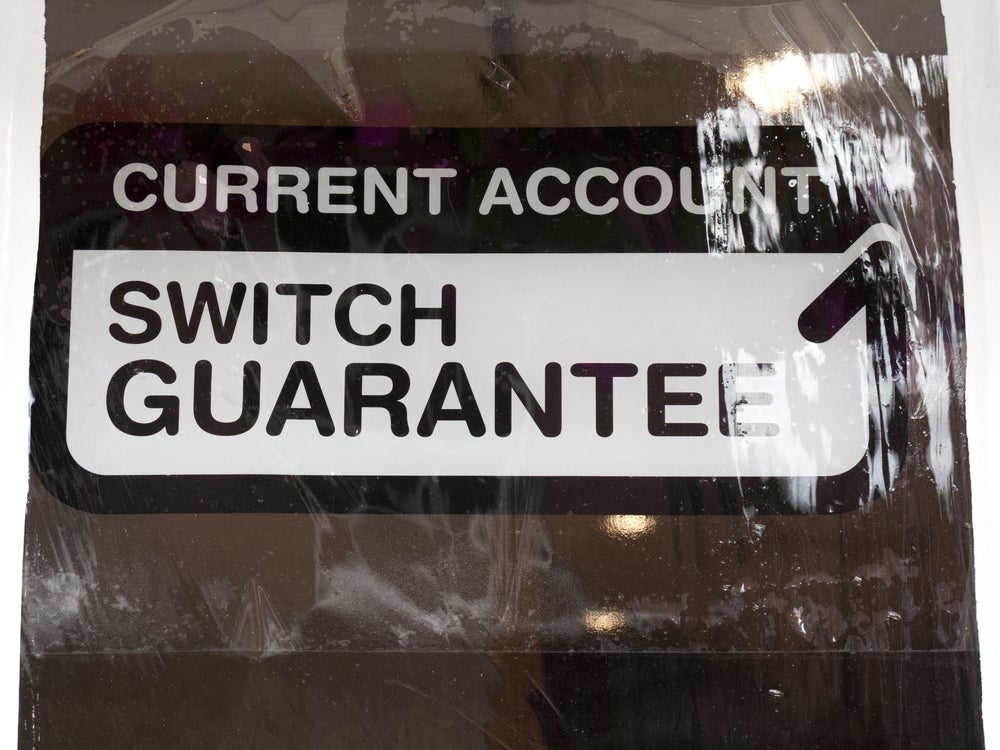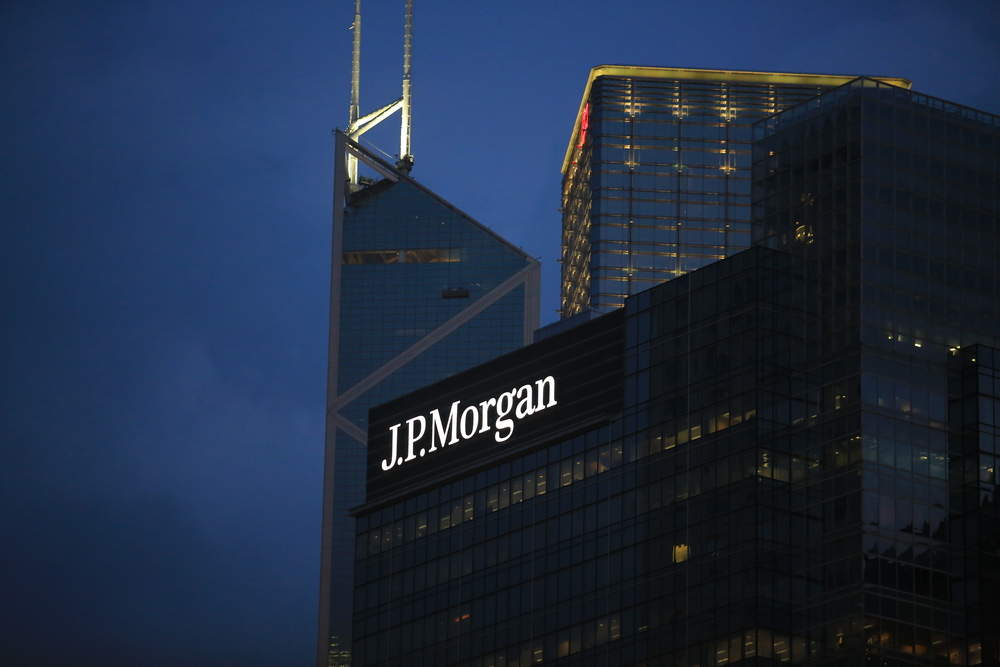As another year passes, financial institutions are still increasing their efforts in tackling social media. As the market gains popularity and relevance in the sector, banks are eager to take advantage but are also wary of mistakes. Patrick Brusnahan reports
With an average rise of 47% in Twitter followers, the increase in financial institutions’ presence on social media seen last year is showing no sign of slowing down. The lowest number of followers in RBI’s Twitter Top 60 was 47,700, nearly double the amount of followers the bottom spot held last year.
Second-placed MasterCard saw a massive 114% rise, which still was enough to jump from fifth, but still not enough to claim first place. The title went to BBVA, which placed first for the second year in a row, saw its followers increase by 70%. The biggest percentage rise was seen by Venezuela-based Banesco Banco with a 189% rise in followers to reach nearly 680,000.
The popularity of twitter cannot be denied. There are 284m monthly active users with 500m Tweets sent every day. Linda Descano, managing director and global head of content & social (Global Consumer Banking) at Citi, told RBI: "We recognise that more and more of our clients, and consumers in general, are engaged in social media. We want to be present where they are looking to connect with each other and with us. That’s just part of being a good corporate citizen; being responsive to the needs and interests of consumers and giving them more choice in ways that they can communicate."
This rise in Twitter usage is not just confined to the United States. 77% of accounts are outside of the U.S. Russia-based Sberbank, which placed 14th this year, is taking advantage of this. A spokesperson for the bank said: "Twitter is a priority area for Sberbank within the social media space. Sberbank’s channel is first among all Russian brands by the number of followers with over 240,000."
Sberbank’s devotion to the service seems to be generating results. The Socially Devoted Index (SDI), developed by analytical company SocialBakers, is used to measure the effectiveness of feedback on Twitter. Sberbank’s SDI in October of this year was 57.7%, above the average for financial brands.
How well do you really know your competitors?
Access the most comprehensive Company Profiles on the market, powered by GlobalData. Save hours of research. Gain competitive edge.

Thank you!
Your download email will arrive shortly
Not ready to buy yet? Download a free sample
We are confident about the unique quality of our Company Profiles. However, we want you to make the most beneficial decision for your business, so we offer a free sample that you can download by submitting the below form
By GlobalDataThe advantage of Twitter is the greater level of real-time interaction and engagement available towards customers. With the ability to deliver information and respond to queries quickly, it is a valuable asset. These methods, however, can backfire. A typical example is JPMorgan’s Twitter Q&A in November of last year which resulted in over two thirds of tweets using their #AskJPM hashtag being abusive.
Descano said: "With respect to Twitter, what it really gives us is an ability to engage in a two-way dialogue. This is something you don’t get from the more traditional media options. Twitter enables us to contact customers directly about things that they’re excited about. It helps remove the friction from their financial lives."
Another bank taking a similar approach is Well Fargo. Ed Scholtens, Wells Fargo’s social media manager, said: "It provides another means of communication for our customers. Given the real-time nature of the platform, we’ve found that it’s often the preferred method for our millennial customer base who is seeking timely Wells Fargo related news or information, as well as customer support."
Garanti Bank, speaking to RBI, said: "We allocate our time and resources efficiently in order to succeed on Twitter since it’s not enough to just have a profile and publish 2-3 tweets a day. According to research, 60% of people say they are more likely to recommend the company after following them on Twitter. Additionally, 71% of those who have positive experiences on social media are likely to recommend that brand to others compared to 19% of customers that do not receive any response."
Royal Bank of Canada (RBC), which finished first for social media customer service amongst financial services in Forrester’s 2013 Canadian Bank Secure Website Rankings, also spoke about the advantages of Twitter’s real-time engagement. Alan Depencier, vice-president of RBC, said: "With all social media, it’s a continuous learning and innovation process. Customer service is definitely one really important area for Twitter. We have folks within our contact centre that specialise in monitoring Twitter activity from a customer service perspective. It is a listening tool for us to get a real-time view on all dimensions of RBC, whether it is a positive mention of RBC that we want to build upon or a negative mention which we can quickly try to address."
The immediate and fast-paced nature of Twitter, however, can also be a disadvantage as tweets that have had work put into them can be buried almost instantaneously. Michelle Slater, senior marketing manager of social media at RBC, said: "It’s a major concern that we have. Approximately, 10% of our followers would see our tweets organically. We’re combating that with promoted tweets if there’s a particular campaign or message that we want a certain target group to see. However, we want to make sure we’re not targeting the same individual with a number of different messages within one particular day. We’ve done a number of different tests to ensure our message is reaching the right target audience without overwhelming their Twitter feed at the same time."
One challenge is making sure that consumers see your tweets, but the other challenge is when customers do see the tweet, they actually engage with it. Descano said: "We focus a lot on engagement versus increasing followership because, clearly, you can have a lot of followers but they’re not engaged with your content. We focus a lot on engagement, which has increased because we’re playing into what people are talking about. We’re finding ways to tap into areas that make sense to us as a brand and making sure we’re relevant when we join the conversations."
This quick anonymous feedback can be quite a strain for a bank. This is not helped by the poor reputation financial institutions have garnered over the past five years. Garanti Bank finds this to be a significant obstacle to overcome. It said: "There is a negative perception of the users since the sector itself is banking. Social media serves as the easiest, cheapest and fastest platform to share people’s dissatisfactions of the banking services and operations. We, as a team, have been trying to change this negative perception by giving quick and custom-made responses as well as finding practical solutions to the complaints."
Depencier added: "One of the challenges of Twitter versus other platforms is that a lot of times the people that are tweeting are anonymous. That’s a unique challenge and an opportunity for people to give a point of view quickly without identifying themselves."
The 2008 financial crisis not only led to financial institutions gaining a bad reputation, but it also led to an even more stringent regulatory environment. Every bank has strict compliance teams to make sure that no rules are broken, but this can hinder the real-time opportunity presented by Twitter. Scholtens said: "The reality is we operate within a heavily regulated industry, so it’s crucial that we remain compliant with everything that we do – this often doesn’t lend itself well to a channel like Twitter where timeliness is crucial."
Descano concurred: "Any brand or company will have some policy or process concerning communication with the public. Clearly, as a global company and as a company in a business that can be highly regulated and complex, we have a few additional considerations that we have to factor in. I would not see compliance as a problem, but you have to think it through and have a robust process."
The compliance issue can compromise the real-time aspect of Twitter if every 140 characters sent to Twitter have to be looked over and approved by compliance teams first. Descano said: "What I like to say is that there’s a bit of structured spontaneity when you work in a complex, regulated business. It all comes down to planning. We think through over some period of time about the topic that we want to talk about and how we would want to talk about them. We plan things so everything can be done in a timely fashion."
Depencier said: "It does challenge the traditional model. You need a different approach and training is critical with this channel. The folks that we have focused on this channel are trained differently than other marketers. I think that the key is building confidence with our legal and compliance partners as, obviously, we are a bank."
It is clear that social media will have a role to play for financial institutions in the coming months. Restoring faltering reputations, attempting to make banks relatable and providing superior customer care quickly are three of the advantages that Twitter can provide. A particular complication will come when social media sites such as Twitter and Facebook start utilising their own payment systems. This will turn a resource into possible competition. The key is getting ahead of the curve for the institution’s own benefit.
Descano concluded: "We had to make sure that our messages break through. Do we get it right 100% of the time? No, but it is something that we strive to do."







